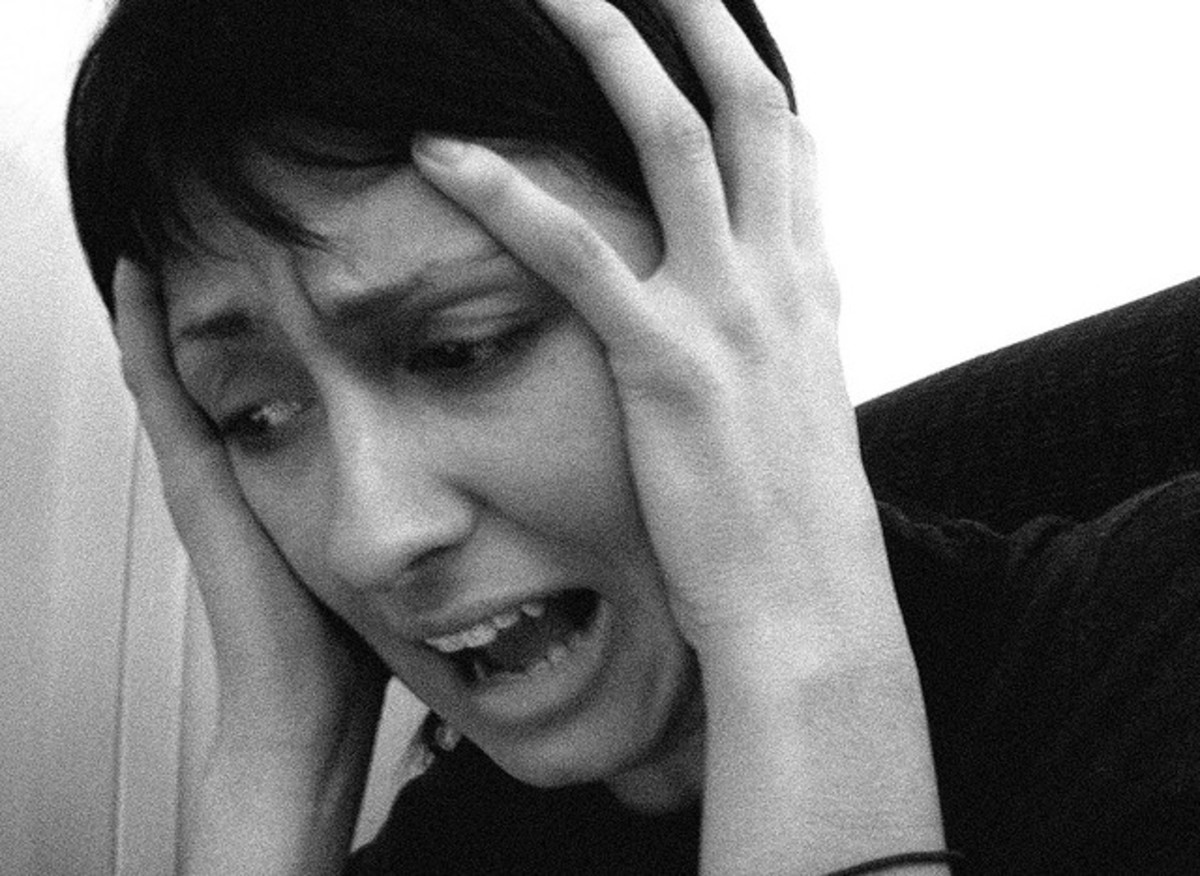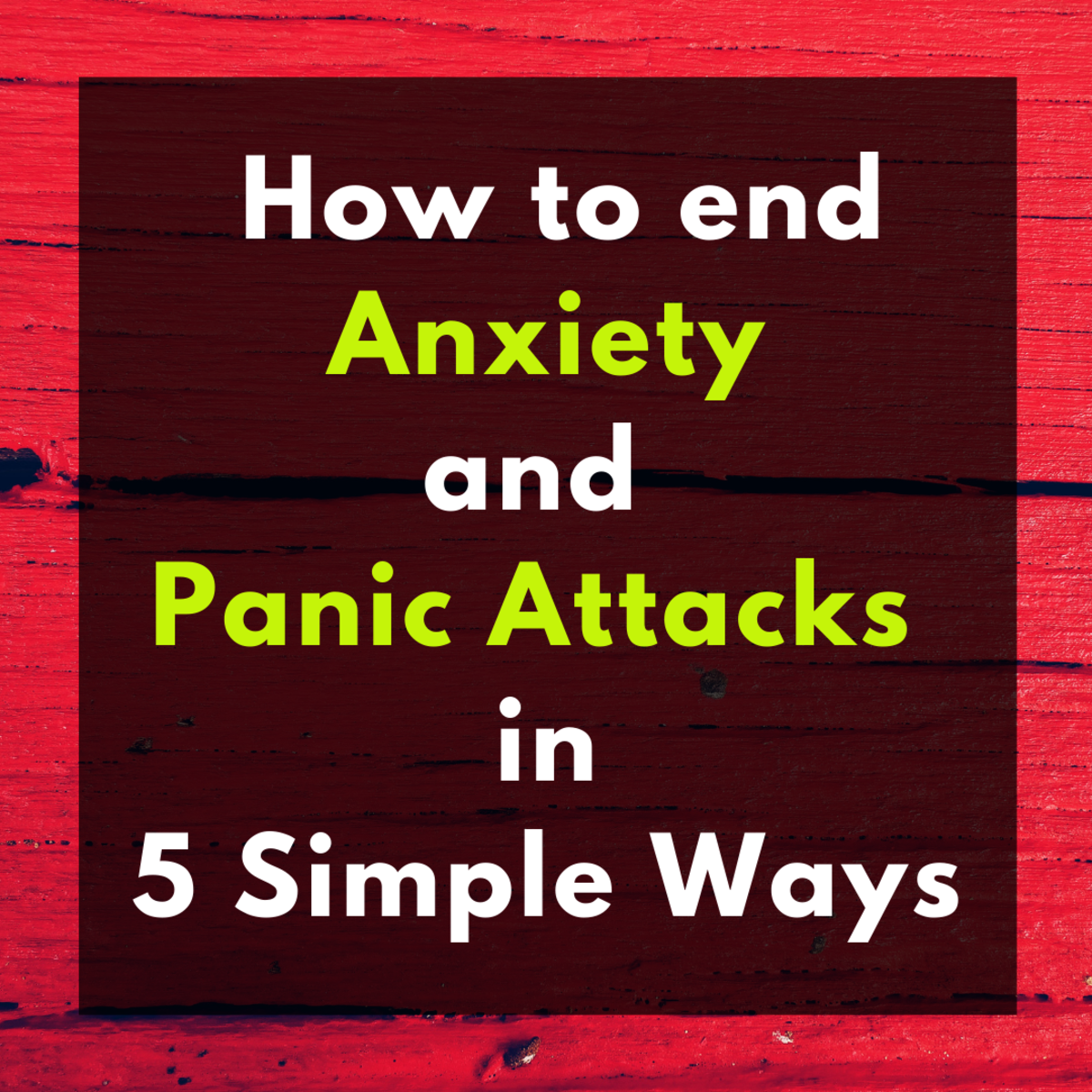- HubPages»
- Health»
- Mental Health»
- Anxiety Disorders
Understanding Panic Disorder
For More Information
Panic Disorder
Everybody panics sometimes; it is part of normal life. That immense sense of dread, usually fleeting, when you remember that important phone call you had to make, or that you are supposed to be picking the kids up from school. This is normal, healthy behavior but it is not Panic Disorder.
Panic Disorders are one five different Anxiety Disorders, Generalized Anxiety Disorder, Panic, Phobia, Obsessive-Compulsive Disorder, and Post Traumatic Stress Disorder. For further information about the other disorders please check out my articles on these topics.
Today we will be looking at the second one: Panic Disorder. Panic Disorder is when a person experiences sudden feelings or episodes of intense dread. The symptoms of Panic Attacks are common, but the persistence of them can be the indicator of suffering from Panic Disorder. Smokers have at least twice the risk of panic attacks, and more patients are women than men.(Myers, 2009). Panic Disorders sometimes run in families, but their root cause is undiscovered. Research has shown that the brain rea
cts the same as in when the body experiences the “fight or flight” reaction when encountering a dangerous or traumatic experience without the actual trigger experience.
Physical signs of Panic Attacks included but are not limited too:
· rapid heartbeat
· hyperventilation
· shortness of breath
· chills
· hot flashes
· nausea
· trembling
· sweating
· headaches. (MayoClinic, 2010)
Panic Attacks develops slowly usually during adolescence or in early adulthood. Severity usually fluctuates but often becomes severe in times of great stress (NIMH, 2010).
Treatment for Panic Disorder
The first step is to visit a doctor and rule out other physical problems for the Panic Attacks or symptoms, as the symptoms of Panic Attacks are very similar to those of a heart attack.
Next the Doctor will direct the patient to a psychologist who will then determine if psychotherapy and / or medication are best to treat the symptoms the patient is experiencing. Cognitive Behavior Therapy, which focuses on teaching the patient new thinking, behaving and reacting techniques for situations that may trigger the attack, is especially useful for treating panic disorders. Medicines usually include anti-depressants and anti-anxiety medicines. If you or someone you know is suspected of suffering from Panic Attacks or Panic Disorder please schedule a visit with a physician for tests and further treatment.
Works Cited
Myers, D. G. (2009). Psychology in Everyday Life. New York: Worth.
MayoClinic. (2010, March 25). Panic Attacks - Symptoms. Retrieved from mayoclinic.com: http://www.mayoclinic.com/health/panic-attacks/DS00338/DSECTION=symptoms
NIMH. (2010). Panic Disorder. TR 10-4679. Bethesda, MD: U.S. Department of Health and Human Services.









